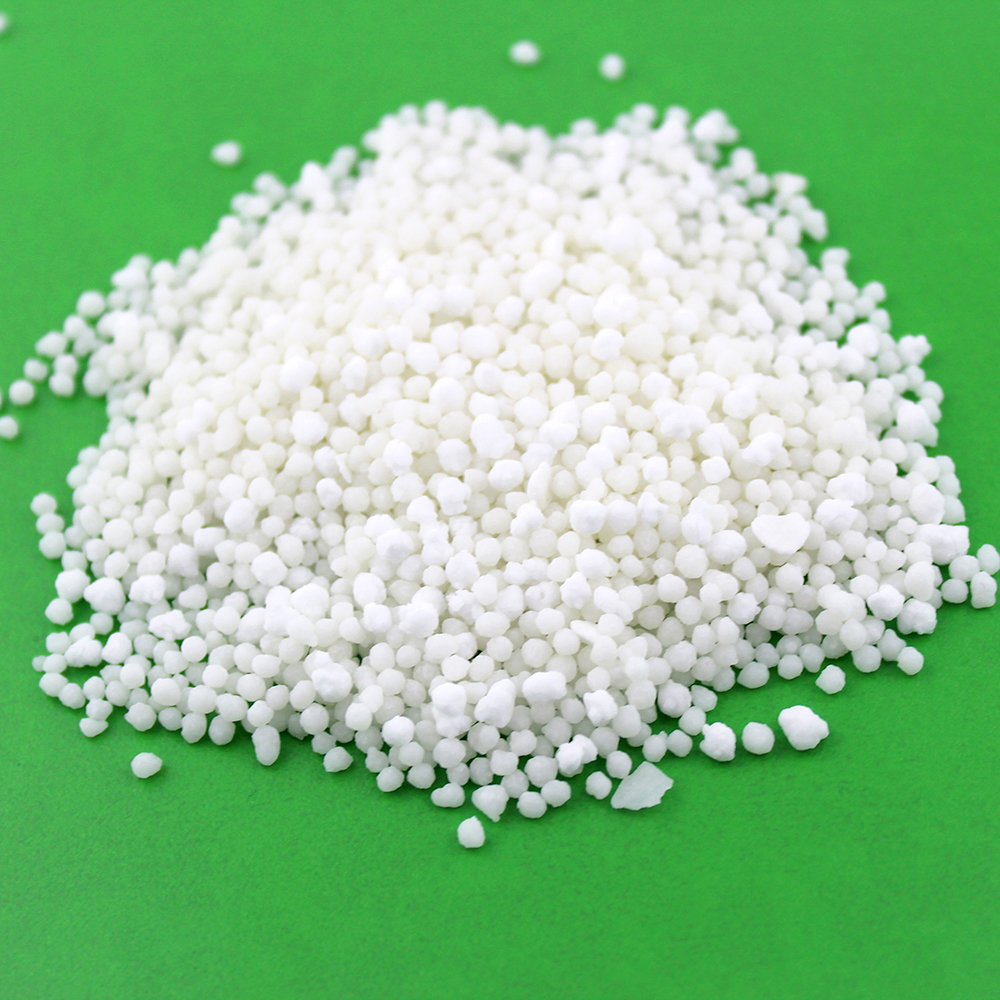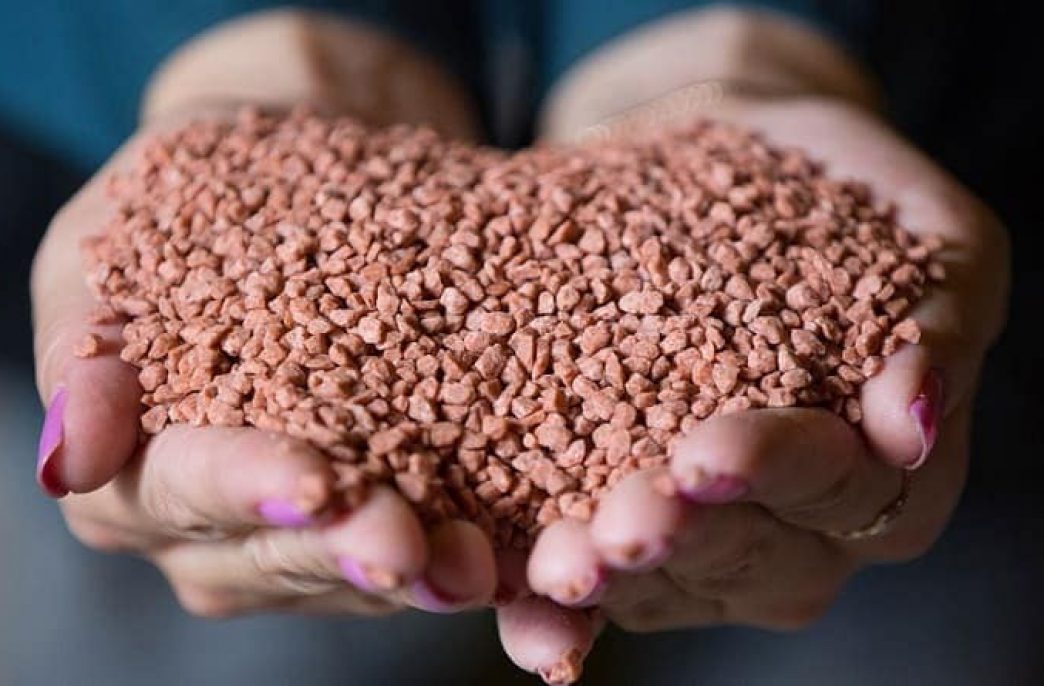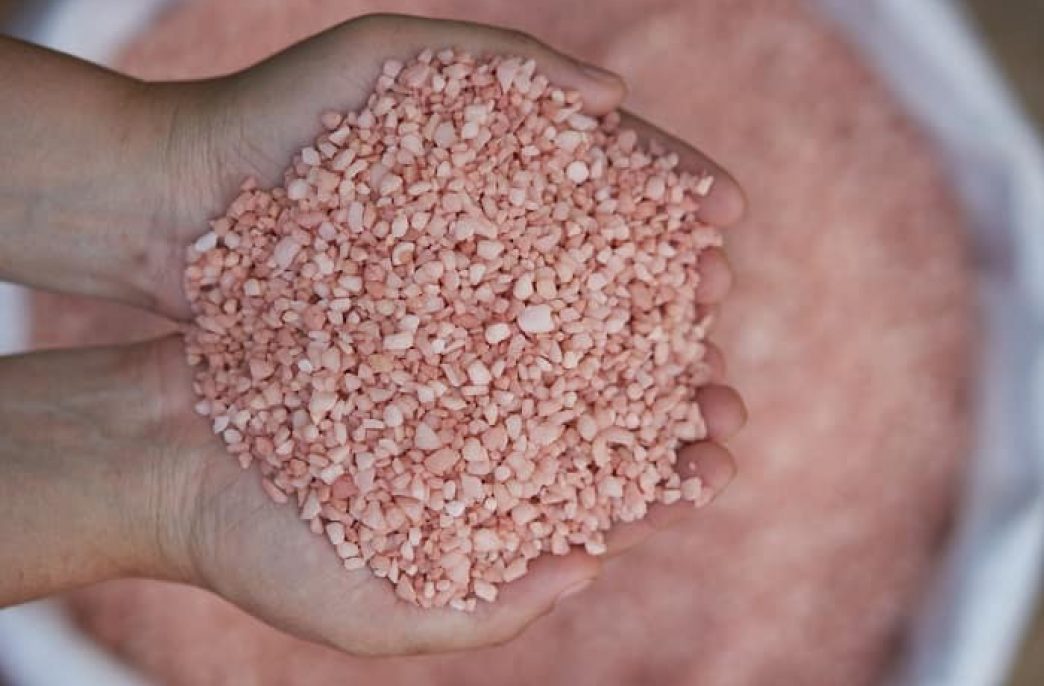Our experience: potassium for fruits

Potassium sulfate
Potassium 45-53%.
Pros: soluble in water, well absorbed by plants. Contains 18% sulfur (see page 000 on the benefits of ammonium sulfate).
Disadvantages: Not suitable for every soil.
When to bring: to dig in the fall.
Do not mix or add urea, ammonium nitrate, ammonium sulfate, potassium carbonate, lime, chalk, dolomite.
Price: 75 rubles / kg.
Price per hundred square meters: 1 kg = 75 rubles.
Danger! Activates the soil! Use only in neutral and alkaline soils.
Kalimagnesia (potassium magnesium sulfate, cenite)
Potassium 26-28%, magnesium 9-16%.
Pros: no cakes during storage, soluble in water. Very effective fertilizer in light sandy and loamy sandy soils, low in magnesium.
There is no downside!
When to apply: to dig in the fall or directly into the holes in the spring.
Urea cannot be mixed with potassium carbonate.
Price: 80 rubles / kg.
Price per hundred square meters: 2 kg = 160 rubles.
Completely safe fertilizer!
Potassium carbonate
Potassium 52-55%.
Pros: soluble in water, well absorbed by plants.
Disadvantages: in high humidity air cake is formed and even completely melts, so it should be stored only in dry rooms.
When to bring: to dig in the fall.
Not to be confused with anything!
Price: 30 rubles / kg.
Price per hundred square meters: 2 kg = 60 rubles.
Danger! Strongly alkalizes the soil! Use only in acidic soils.
Potassium nitrate
Potassium 46%.
Pros: In addition to potassium, it contains 13% nitrogen, which is one of the main elements of plant nutrition.
Disadvantages: Both potassium and nitrogen are available for plants in neutral soils. Does not work for acidic nitrogen. In alkaline dead weight it is potassium. When stored in a damp room, it turns into a hard stone block. Also, it is very expensive.
When to apply: before planting in spring and as the best dressing in summer.
Do not mix with manure (can ignite the fire!), Ammonium sulfate, potassium carbonate.
Price: 240 rubles / kg.
Costs per hundred square meters: 2 kg = 480 rubles.
Danger! Explosion during storage and use! It may explode if contaminated with any detergent or solvent or at high temperatures.
It can only be stored in a cool place and in an airtight container.
Potassiums chloride
50-60% in potassium.
Pros: Good to use under blue – it loves salt.
Disadvantages: contains chlorine, which is harmful to soil and plants. Cucumbers, peppers, tomatoes and potatoes do not tolerate this element. And this is our main culture! However, manufacturers believe that this fertilizer is very safe, if you apply it in the fall, chlorine will evaporate in the winter. But many agricultural experts recommend avoiding potassium chloride altogether. Indeed, if other potassium fertilizers are available, why is it at risk?
When to apply: to dig the soil in the fall.
Do not mix with lime, dolomite, chalk, potassiums carbonate.
Price: 65 rubles / kg.
Price per hundred square meters: 2 kg = 130 rubles.
Danger! Contains chlorine! And this substance makes the soil saline.
I mean
And the best is ash!
When it comes to organic matter, ash is often mentioned as a fertilizer. In fact, it is a mineral fertilizer. And great!
Ash contains a lot of potassiums, phosphorus (see table of plants) and almost all trace elements necessary for plants. A glass of ash replaces 40 g of potassiums sulfate! In addition, it is absolutely safe for soil, plants and people.
In heavy soils, it is better to carry it under the autumn digging. And in the lungs – in the spring. But in both cases, it is very important to insert it into the soil to a depth of 10 cm, if you put it on the surface, it will form a crust.
Acidic soils can be limed with ash.
If you add this fertilizer to the compost ball, the organic matter will decompose faster.
Ash should be stored in a dry room, as it loses its nutritional value when moistened.
It is impossible to mix manure and poultry manure – this leads to loss of nitrogen.
Based on the materials of the special issue No. 19 “Gardener’s World”




